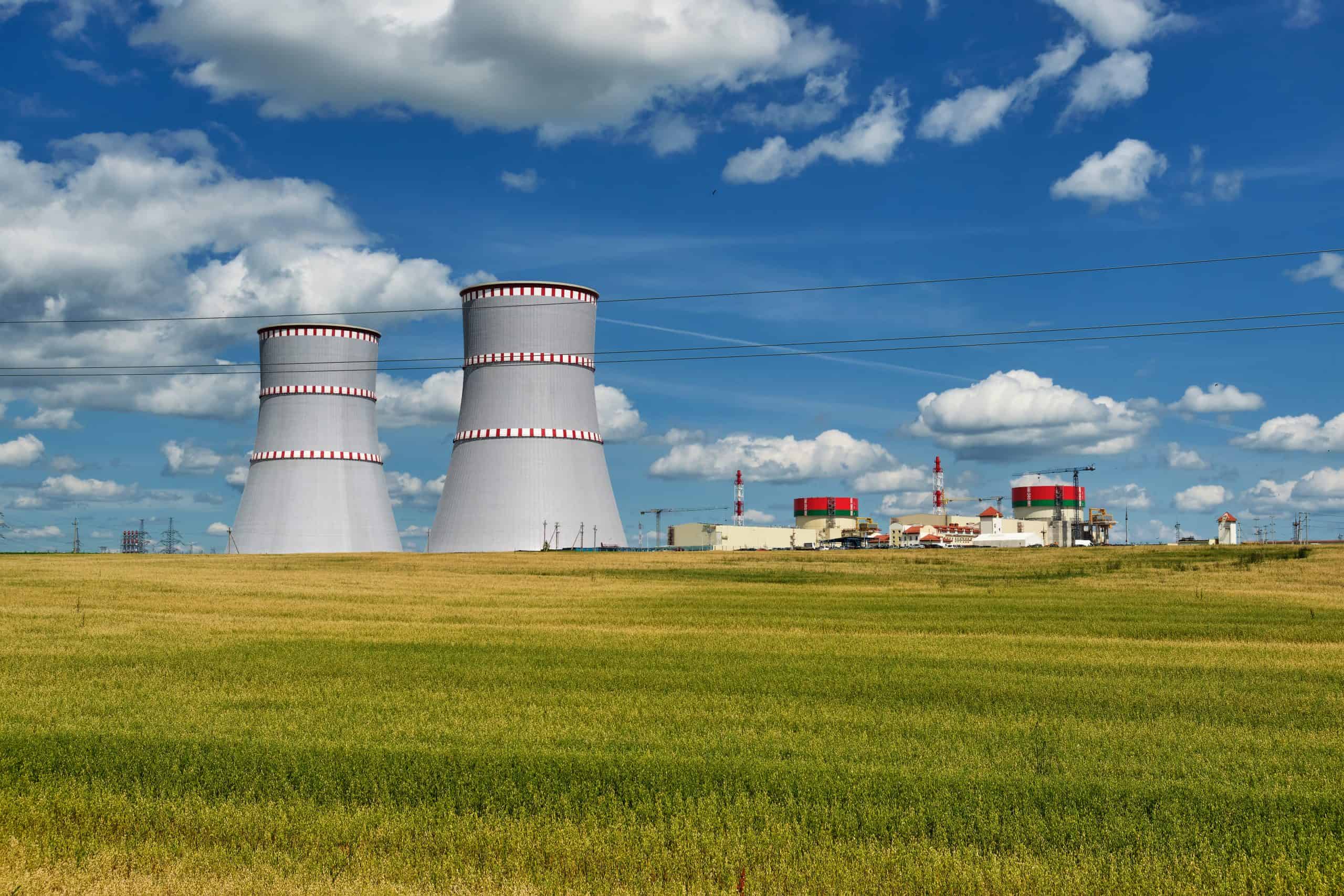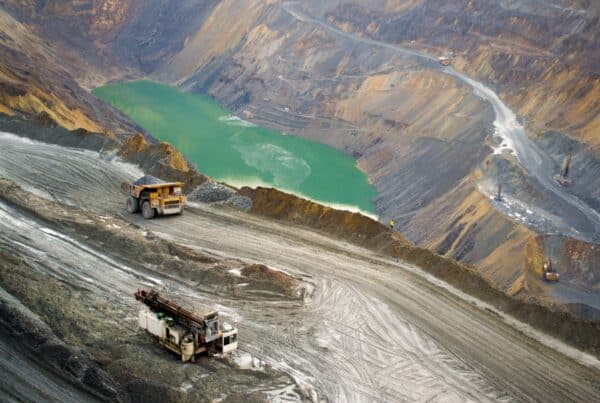Slovakia’s renewable energy targets and strategy
Slovakia’s National Energy and Climate Plan sets an ambitious target of achieving a 19.2% share of renewable energies in gross final energy consumption by 2030.[1] To ensure the security and affordability of electricity and heat generation, the state is poised to support renewable energy sources that do not incur significant additional costs for end consumers. The government’s strategy favors the heat recovery from animal and vegetable production waste in biogas plants and is keen on accelerating the use of bio-methane produced from wood, organic waste, and plant residues. This approach aims to circumvent competition with agriculture and food production.
By 2030, Slovakia expects a significant increase in renewable energy consumption, amounting to approximately 1,972 ktoe (or 22.9 TWh). The country’s strategy includes a diverse mix of renewable energy sources with allocated installed capacities by 2030 as follows: Hydro power (1,755 MW), Photovoltaics (1,200 MW), Wind energy (500 MW), Biomass (200 MW), Biogas/biomethane (200 MW), and Geothermal (4 MW). Biomass currently dominates electricity generation from renewables, followed by biogas, solar, and hydropower.[2]
Challenges and potential of renewable energy sources: wind and water
Despite its high potential, wind energy remains largely untapped in Slovakia due to its perceived instability and regulatory hurdles. Since 2009, the construction of wind power plants has almost complitely halted, with two small wind parks existing in Cerová and Myjava. The regulatory and legal framework continues to pose challenges for the installation of smaller wind turbines for household use. Meanwhile, two government-approved hydropower plants are on hold, with commissioning not expected before 2025.[3]
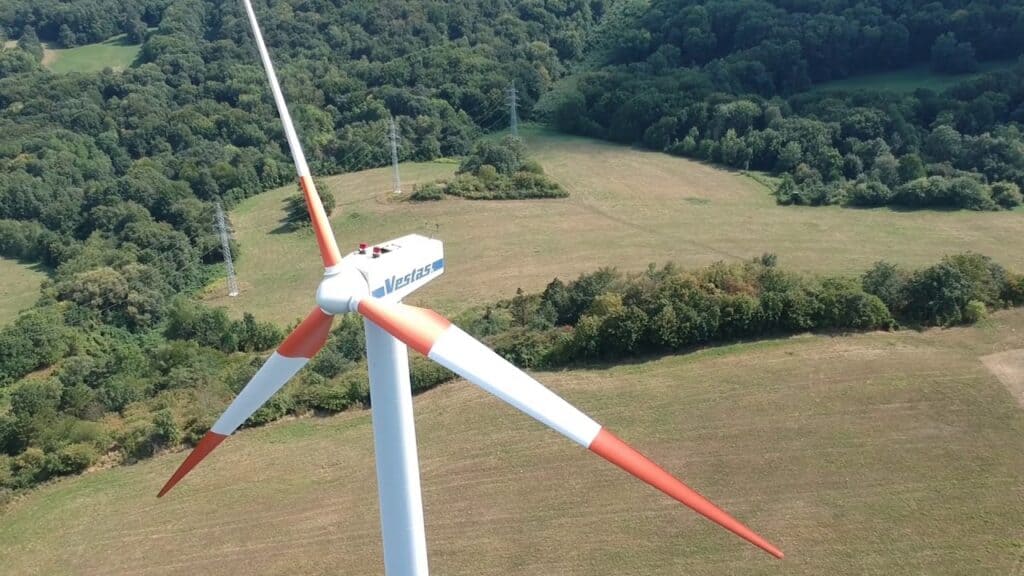
The Vah and Orava rivers, particularly in the areas before Stary Hrad and after Kralovianski Meander, including the Oravka tunnel, present significant hydropower potential. Power plants situated in these areas with a capacity over 30MW are considered extremely profitable due to the low cost per installed megawatt. The strategic locations along these rivers provide optimal conditions for harnessing hydropower efficiently.
According to a study by Durkansky et. al.[4] small hydropower plants (SHPPs) present a viable solution to harness the potential of small rivers, typically serving as a seasonal energy resource. The flows of streams on which SHPPs are set up tend to fluctuate, often depending on weather conditions and seasonal changes, making them less ideal for consistent year-round electricity production. However, by converting electricity to hydrogen, the surplus energy generated from these rivers can be stored and utilized later, addressing the issue of seasonal variability. Moreover, as a decentralized energy source, SHPPs can be installed in remote areas, fostering development and promoting energy self-sufficiency, particularly in rural settings.
By leveraging the potential of smaller rivers, Slovakia can capitalize on SHPPs to stimulate economic development in undeveloped regions. This approach not only provides an opportunity for creating new jobs but also accelerates economic growth in areas with significant population segments. The integration of SHPPs into Slovakia’s energy mix could be a strategic move towards enhancing the country’s energy landscape, offering a sustainable and efficient method to increase renewable energy production while contributing to local development and environmental conservation.
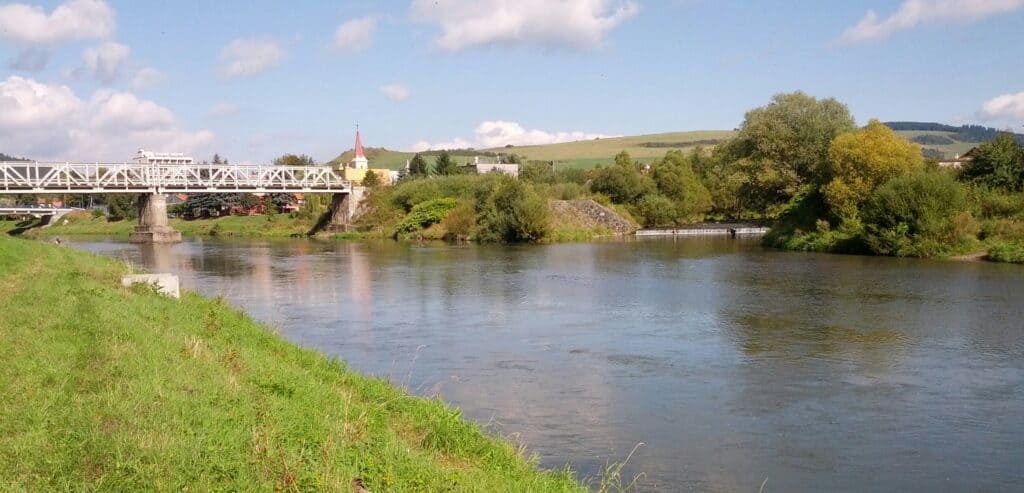
Shift towards renewable energy amidst high costs: solar power
High energy prices and poor perspective for the future have led to a surge in the adoption of photovoltaic energy, primarily driven by private companies. This shift is largely an effort to reduce reliance on Russian gas. Recent times have seen numerous private entities, ranging from small to mid-size firms and energy-intensive factories like Chemosvit Svit – a textile fibers producer, investing in photovoltaic installations. Noteworthy is the investment in a €30 million solar park near Štúrovo in southern Slovakia, designed to produce 30 megawatts daily, sufficient to support several factories.
The inclination towards solar energy is not confined to corporations but extends to households as well, as noted by Ján Karaba, director of the Slovak Association of the Photovoltaic Industry. This shift commenced prior to the Russian invasion. The cost-effectiveness of solar energy is evident when comparing the costs of electricity from small and larger solar installations – approximately €100 per megawatt-hour – to those from traditional sources, around €170-180 per megawatt-hour. Despite a 20-30% increase in the prices of photovoltaic panels since autumn, this rise is modest relative to the general escalation in electricity prices.[5]
Anticipations and comparisons in regional green initiatives
Companies are increasingly prepared to finance green electricity sources, with expectations of state support, as stated by Chemosvit CEO Jaroslav Mervart. In response, the economy ministry is devising strategies to subsidize part of these costs. Zsolt Bindics, a co-investor in the Štúrovo park, highlighted Hungary’s more substantial investments in green power plants compared to Slovakia, criticizing the Slovak government’s inadequate communication regarding the release of additional capacities for entrepreneurs.[6]
The renewable energy sector, particularly solar power, is experiencing a remarkable upswing due to high energy prices and a strategic move away from dependency on Russian gas. This trend is prominently led by private companies, including small to mid-size businesses and larger ventures like the solar park near Štúrovo. Despite the increased cost of photovoltaic panels, the relative efficiency and lower electricity costs make solar installations a favorable choice for companies and households alike. As this sector expands, there is a call for more substantial support and clearer guidelines from the state, particularly in comparison to neighboring countries’ initiatives. The dynamic shift towards renewable energy, underpinned by both economic and environmental considerations, reflects a broader commitment to sustainable and autonomous energy sources. This transition, while currently led by the private sector, indicates a significant change in energy consumption patterns and points to a future where renewable energy is a central pillar of energy strategies.
Advancing geothermal energy in Kosice
The Slovakia Program for the Just Transformation Fund has endorsed a proposal to designate the geothermal energy project in the Kosice Basin as a national priority, enabling it to receive funding of €56.1 million. This funding aims to facilitate the supply of geothermal heat to the Kosice region by 2026.[7] The decision was made by the Monitoring Committee of the Commission for the Just Transformation Fund, an integral part of the Slovakia Program, which allocates a total of €441 million to support regions transitioning to a greener economy.[8]
The initiative, led by Minister of Investments, Regional Development, and Informatization Peter Balík, addresses Slovakia’s critical reliance on imported fossil fuels for heating. By endorsing the use of renewable energy sources, it aligns with the European Union’s commitments amidst the energy and climate crisis. Over the past two years, the Ministry has been collaborating with partners to enhance the geothermal potential of Kosice, aiming to reduce fossil fuel consumption and bolster energy self-sufficiency. The Kosice geothermal resource, one of Slovakia’s largest, has the potential to supply heat to 171,000 customers and reduce CO2 emissions by 54,000 tons annually.[9]
Forward Motion and Local Impact
With the allocated funds, the project developer MH Teplarensky Holding and its partner GEOTERM KOSICE are set to advance the Kosice heating plant project. The total estimated cost for this endeavor is €88 million. The initiative not only aims to provide heating solutions but also to support agriculture and recreational activities through residual heat distribution along the heat pipe’s 15-kilometer route.[10]
Kosice Mayor Jaroslav Polacek highlights the long-standing recognition of the area’s geothermal resources, expressing optimism about the project’s progress towards providing ecological heat and establishing Kosice as a leader in geothermal energy utilization in Slovakia.[11] Additionally, a 2023 amendment to Slovakia’s “Act on Heating” proposes to streamline the construction of heating infrastructure using geothermal and other renewable sources.[12]
The commitment to geothermal energy in the Kosice region represents a significant step towards enhancing Slovakia’s energy independence and environmental sustainability. This initiative reflects an increasing trend towards sustainable and self-sufficient energy strategies that are essential for long-term economic and environmental stability.
Nuclear power: a focus on the renovated Mochovce nuclear power plant
The Mochovce nuclear power plant in Slovakia marked a significant milestone as its new unit was connected to the grid at 20% of its nominal power on January 31, 2023. Since then, the unit has undergone a series of tests and adjustments, gradually increasing its power output until it reached 90% capacity.[13] As reported by Slovenské elektrárne, the power plant has already generated over 150 GWh of electricity and is currently producing enough to meet the needs of approximately 750,000 households. The culmination of this testing phase will be running the unit continuously at 100% output for 144 hours.
The Mochovce plant, consisting of four VVER units, commenced construction of its first two units in 1982. Units 3 and 4 began construction in 1986 but experienced delays, halting in 1992. The first two units were completed and commenced operations in 1998 and 1999. A decade later, efforts to complete the remaining units resumed, with Unit 4 following a year or two behind Unit 3. Once fully operational, each unit is expected to supply 13% of Slovakia’s electricity needs.
Significant safety and security enhancements have been integrated into the final design of the new units, including improved aircraft impact protection and emergency management systems. These enhancements were influenced by the lessons learned from the Fukushima disaster.
Slovenské elektrárne, a venture equally owned by the Slovak state, Italy’s Enel, and the Czech EPH group, has renegotiated its supply-and-pricing agreement with Slovakia’s Ministry of Economy and Ministry of Finance.[14] This renegotiation, part of measures to mitigate high energy prices, extends the agreement to provide 5.5 TWh of electricity annually to households for 2025, with a gradual increase in prices until 2027. The agreement awaits the European Commission’s approval.
CEO Branislav Strýček highlighted the agreement’s role in providing long-term, favorable electricity conditions for households and securing a stable regulatory environment for Slovak power plants by ensuring no new financial burdens or regulations will be introduced on the company from 2023 to 2027.[15]
With the new units at Mochovce nearing full operational status, Slovakia is poised to transform its energy landscape, potentially becoming a net exporter of energy and significantly bolstering its domestic energy security and regional energy market contribution.
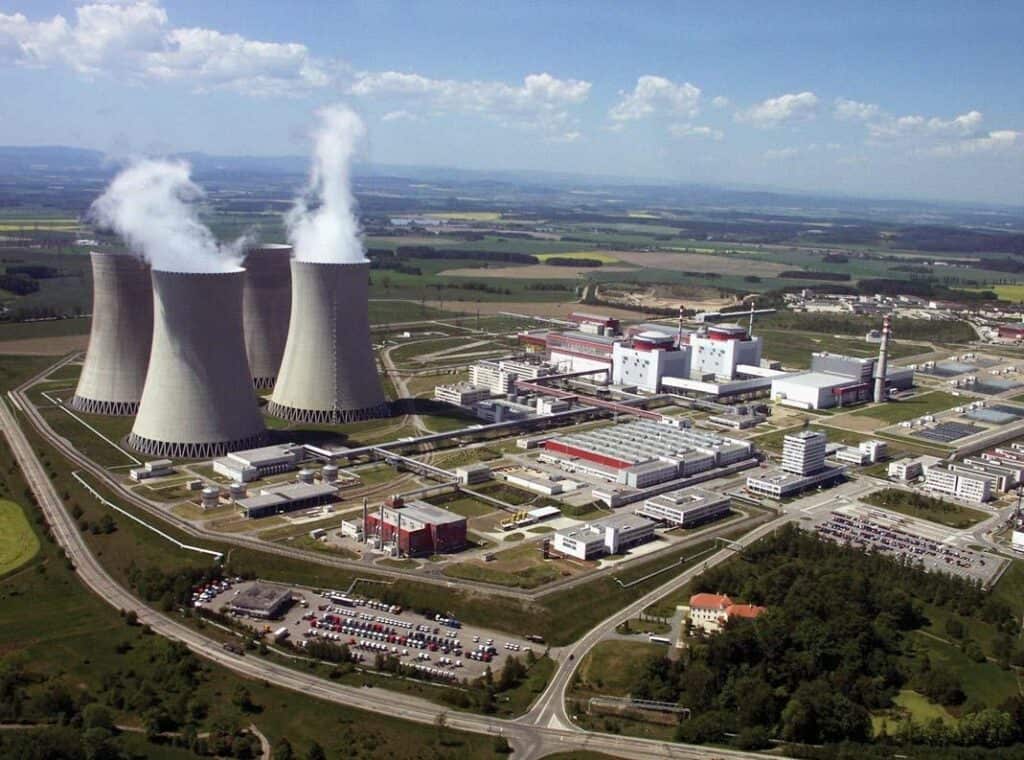
Sources
-
https://energy.ec.europa.eu/system/files/2020-03/sk_final_necp_main_en_0.pdf ↑
-
https://energy.ec.europa.eu/system/files/2020-03/sk_final_necp_main_en_0.pdf ↑
-
https://www.enercee.net/countries/slovak-republic/renewable-energy ↑
-
https://mdpi.com/2076-3417/12/7/3525/html ↑
-
https://e.dennikn.sk/2816882/ekonomicky-newsfilter-je-tu-boom-fotovoltickych-elektrarni-firmy-zareagovali-rychlejsie-ako-stat/?ref=list&_ga=2.107171146.932351530.1650289269-1390437979.1623742369 ↑
-
https://www.euractiv.com/section/politics/short_news/private-companies-lead-renewables-development-in-slovakia/ ↑
-
https://www.mordorintelligence.com/industry-reports/slovakia-renewable-energy-market ↑
-
https://mirri.gov.sk/aktuality/cko/najvacsi-projekt-vyuzitia-geotermalnej-energie-v-strednej-europe-bude-v-kosiciach/ ↑
-
https://www.tschechien-online.org/news/20031-tschechien-slowakei-starten-projekte-erdwarme ↑
-
https://www.thinkgeoenergy.com/kosice-slovakia-geothermal-project-classified-as-national-priority-project/ ↑
-
https://www.kosiceonline.sk/geotermalny-vrt-pri-durkove-sa-stal-narodnym-projektom ↑
-
https://thinkgeoenergy.com/proposed-law-in-slovakia-incentivizes-geothermal-heating/ ↑
-
https://www.world-nuclear-news.org/Articles/Mochovce-3-reaches-90-power-output ↑
-
https://www.reuters.com/article/idUSL8N3624EW/ ↑
-
https://www.world-nuclear-news.org/Articles/Mochovce-3-output-increased-to-55 ↑


